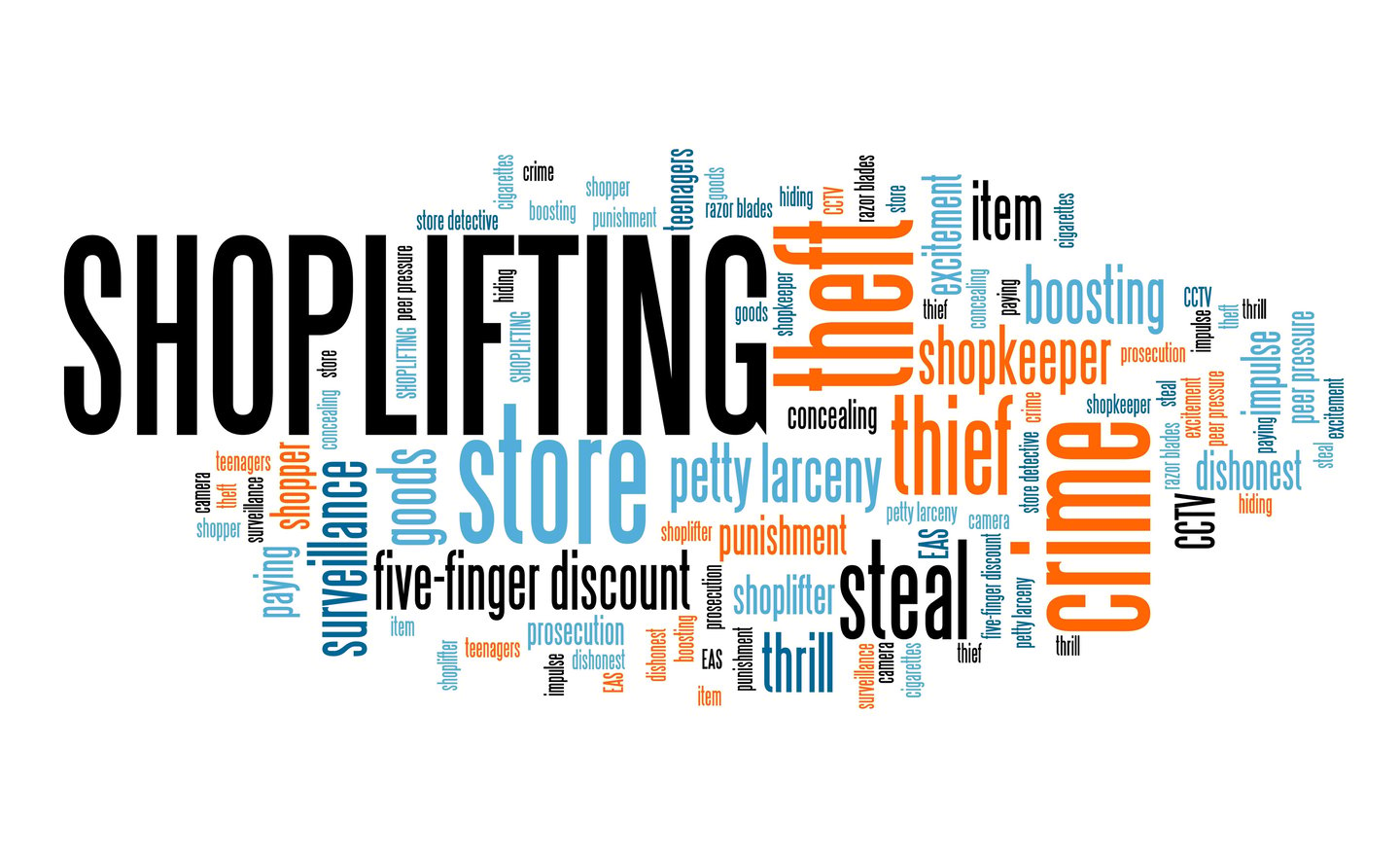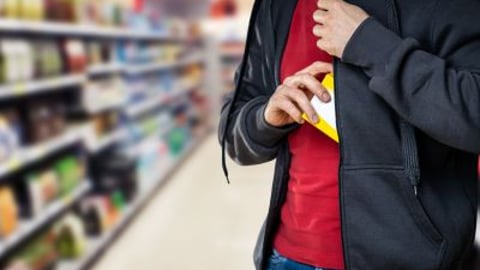Crime management for convenience store operators
Five billion dollars. That is the staggering amount the Retail Council of Canada estimates shoplifting costs retailers every year. And while there is no breakdown by sector, theft is a massive problem for c-stores—and getting worse. In Winnipeg, 7-Eleven Canada this fall closed four of its 45 stores in the north end after 987 incidents of theft in the first quarter of 2024—close to the 1,098 total for all of 2023. One location, at Salter Street and Flora Avenue, calculated losses from customer theft of more than $323,000.
In September, Petro-Canada and 7-Eleven announced all customers must prepay for fuel at its sites nationwide—a new policy aimed at mitigating gas and dash. (No more filling up first and paying for fuel in-store alongside, say, your lottery purchase or morning cup of coffee.)
Subscribe to Google Alerts for convenience stores and expect your daily feed to be inundated with articles about thefts, often with weapons, at convenience stores of all sizes and ownership structures. From rural outposts to small towns, suburbs and city centres—operators across the country are on high alert.
Theft is on the rise
Stephen O’Keefe, president of Georgetown, Ont.-based Bottom Line Matters, a retail loss prevention advisory service, says customer theft has risen to levels retailers can no longer absorb in their product pricing. “Shrinkage in retail—the book value of your inventory versus the actual physical value—has increased,” he says. “We’ve been doing surveys about shrinkage over the past 35 to 40 years—it’s at an all-time high, both in Canada and the U.S.”
While other factors cause shrinkage—employee theft and paperwork errors, like mislabelling items or data-entry mistakes—customer thievery is very concerning for another reason. “Incidents of crime including armed robbery are being reported in higher numbers at c-stores and other retailers,” says O’Keefe.
Alcohol and cigarettes are targeted by organized crime groups, while he notes some c-stores in parts of the U.S. have had to lock up products like deodorant and toothpaste.
Employee and customer safety must be priority number one in dealing with this problem.
Proactive and predictive with tech
Fortunately, there are actions c-stores can take focused on detection and deterrence, not confrontation or apprehension. Some are simple practices (see sidebar). AI technology, meanwhile, is creating a new suite of smart strategies that don’t add pain points to the shopping experience (like asking an employee to unlock a hygiene product protected behind plexiglass).
Instead of being reactive forensic investigation tools, modern surveillance systems are being empowered today by AI to be proactive and predictive.
Security solutions provider Axis Communications, for instance, embeds video analytics software into video cameras to alert stores when a theft looks likely to take place. “If a person comes into a store and is spending an unusual amount of time in a high-value goods area, our cameras will detect that and send an alert to staff members and someone can come over and ask if the customer needs assistance,” says Jason Chiu, professional services group manager, Canada at Axis.
Rather than over a PA system, which is disruptive to everyone in the store, the message is delivered to an employee via mobile or earpiece.
Alternatively, the alert can trigger a voice message over a nearby speaker that says, “We’ve noticed you might need some help and are sending someone over to assist you.” While he says the message shouldn’t be aggressive—you don’t want to turn off honest customers—both responses let a would-be thief know they’ve been noticed, a key deterrent to shoplifting.
Two-for-one solutions
AI-enabled anti-theft measures can seem expensive, particularly for independents with limited cash flow. However, Axis’ security solution features different analytic scenarios, including heat mapping that illustrates customer flow in store, as well as intelligence that can help inform merchandising and marketing decisions. A store can see its most valuable endcaps for brand awareness (through measurement of the percentage of shoppers who pass in front of it) and charge brands for this position accordingly. Or decide on promotional signage positions based on in-aisle dwell times.
“Retailers don’t need to view surveillance systems as a system with slow ROI in their expense sheet,” explains Chiu. “They can share the budget with marketing or operations, given they can drive further sales, improve customer experience, and enhance operational efficiency while also using the cameras to help reduce shrink from theft.”
License plate recognition
One in two people who commit a retail crime do so with a vehicle, reports Auror, a global retail crime intelligence and loss prevention platform whose clients in Canada include Walmart. With that in mind, it’s integrating license plate recognition (LPR) technology into stores’ existing video cameras and video management systems.
“Whether grocery, fuel or convenience, retailers can be alerted if a vehicle has a history of being associated with offending in their sites, or is linked to violent incidents,” explains Auror CEO Phil Thomson. “This allows retailers to take appropriate actions, which can include informing law enforcement.”
In the case of fuel pumps, LPR tech allows sites to put a car on pre-pay only if that vehicle has been involved in a drive-off or fraud event previously. This avoids a blanket pre-pay policy, which impacts all customers, makes the service less convenient and can be very transactional rather than community focused.
In New Zealand and Australia, where Auror’s LPR platform has been widely adopted by gas stations and c-stores, crime in forecourts has plummeted by 70%. “So, stores are preventing the crime themselves with early alerts on known offenders before police even need to be involved,” says Thomson.
Reporting made easy
Auror has also a retail crime intelligence platform, enabling retailers to quickly report incidents of theft and produce detailed proper police reports directly and immediately to authorities. More than 3,000 law enforcement agencies worldwide use the platform, including police forces in major cities across Canada, with Toronto having the largest representation presently.
Thomson notes the platform addresses the fact that “less than 20% of retail crimes are reported to police globally. Traditionally, retailers have handled incidents internally with outdated methods like simple spreadsheets, pen and paper, or even photos of individuals taped to the cash register. We’re the digital pipe between retailers and police.”
This pipeline is especially critical in helping police connect the dots across different stores of repeat offenders, a group four times more likely to be aggressive or violent towards front-line workers.
- 7 SIMPLE WAYS TO DETER SHOPLIFTERS
“The most effective way to prevent thefts is to remove the opportunity for a crime to take place,” according to the Halton Regional Police Service in Ontario. HRPS was one of the first municipalities in Canada to establish a Retail Crime Unit, led by the late Superintendent Robert Gourley, who unexpectedly passed in August. Its Retail Crime Unit, which was recognized by the Retail Council of Canada with its 2024 prestigious Law Enforcement Recognition Award, recommends these low-cost tips.
-
1. Advertise against shoplifting and discourage loitering.
-
2. Greet customers as they enter the store and provide them with the best customer service possible—shoplifters shun attention.
-
3. Keep valuable merchandise away from store exits.
-
4. Locate mirrors so all areas of the store can be seen a glance.
-
5. Avoid tall display counters that obstruct views and avoid narrow, cluttered aisles.
-
6. Have a well-lit store.
-
7. Be extra alert during peak hours, store openings, closings and shift changes.










